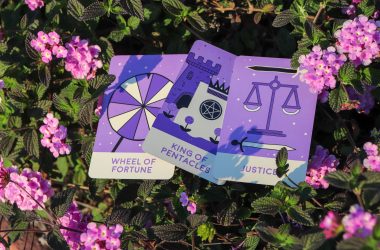“Big agriculture” is what they call it these days, because after all, bigger is better in America.
The Food and Drug Administration and the White House are in cahoots with Monsanto, a multinational agricultural corporation that controls nearly 90 percent of all genetically engineered seeds, from which nearly 90 percent of all corn, soybeans and cotton are grown.
The genetic engineering of food represents one of the most rapid adoptions of agricultural technology in modern history.
Look at the ingredients on whatever you eat next. Chances are, it contains soybean oil, high fructose corn syrup or any of a plethora of soybean or corn products.
Europe is over it, however. Monsanto, as the most powerful pusher of genetically modified organisms (GMO) on Earth, is heavily opposed in the European Union (EU), mainly in France and Germany.
The EU has been labeling food containing as little as 1 percent GMO for over a decade now.
On Memorial Day weekend, more than two million people in 52 countries marched the streets in protest of Monsanto. Some local residents also took part in the march, waving signs on Pacific Coast Highway and Second Street.
Monsanto has had a history of marketing harmful products, and there’s cause for concern when the soybean engineer is also a leading producer of herbicide and former manufacturer of DDT and Agent Orange.
In 1984, the White House granted the Cabinet Council on Economic Affairs, rather than the EPA, responsibility for regulating biotechnology. As a result, the EPA was in charge only of regulating agricultural pesticides, while the environment should be protected from much more.
In March, Congress passed the “Monsanto Protection Act,” which took regulatory power out of lawmaker’s hands. Europe saw this as a red flag.
Farmers are looking less at their almanacs and more to banks and technology firms, with which they are contracted.
Farmers are no longer independent to produce what the land allows.
Restrictions result in decreased biodiversity, thus the supply of unmodified organic goods is low in comparison to GMOs.
While GMO crops dominate the ever-growing population and our iconic American appetites, mass production and consumption overwhelms the ecosystem.
GMO crops are just as harmful to the environment as garbage landfills, and they facilitate conglomerate success.
For example, specific regions and seasons naturally yield different kinds of crops.
When the land is drugged and contaminated with additive-filled plants to mass-produce corn and soybeans year round, the biodiversity of the land is compromised.
Compared to the EU, our heavily conglomerated food industry is flawed.
Contracted farmers buy genetically modified products that are enhanced to resist pests, yield more crops successfully and bring in more revenue.
Small farmers who don’t comply with monopolies such as Monsanto are often pushed out of competing with others.
It is for this mass production that cattle are injected with growth hormone, drowned in antibiotics, and crammed into despicable conditions.
The sad part is there’s no escaping it. One can choose tofu over a steak, but the tofu is made with soybeans that are overtaking the land that was once biologically diverse.
Stop feeding the corporate giant. It’s destroying our environment.
Danielle Carson is a junior journalism major and the diversions editor of the Daily 49er.



